Thomas M. Cross
Modeling Triatomic Biosignatures: Ozone and Isotopomers
Cross, Thomas M.; Benoit, David M.; Pignatari, Marco
Authors
Dr David Benoit D.Benoit@hull.ac.uk
Senior Lecturer in Molecular Physics and Astrochemistry
Marco Pignatari
Abstract
In this work, we present a new approach to produce spectroscopic constants and model first-principles synthetic spectra for all molecules of astrophysical interest. We have generalized our previous diatomic molecule simulation framework, employing transition-optimized shifted Hermite (TOSH) theory, thereby enabling the modeling of polyatomic rotational constants for molecules with three or more atoms. These capabilities are now provided by our new code Epimetheus. As a first validation of our approach, we confront our predictions and assess their accuracy against the well-studied triatomic molecule ozone 666 (16O3), in addition to eight of its potential isotopomers: ozone 668 (16O16O18O), 686 (16O18O16O), 667 (16O16O17O), 676 (16O17O16O), 688 (16O18O18O), 868 (18O16O18O), 888 (18O3), and 777 (17O3). We then assess the accuracy of these rotational constants using the Epimetheus data in our code Pandora, and generate synthetic molecular spectra. The ozone spectra presented here are purely infrared and not Raman. Epimetheus builds upon the work from our previous code Prometheus, which used the TOSH theory to account for anharmonicity for the fundamental ν = 0 → ν = 1 band, going further to now account for triatomic molecules. This is combined with thermal profile modeling for the rotational transitions. We have found that this extended method performs well, typically approximating the spectroscopic constants with errors of less than 2%. Some issues do arise depending on the symmetry group of the ozone isotopomer. From these spectroscopic constants and using our own spectral modeling code, we show that we can provide the data to produce appreciable molecular spectra, which are good approximations until high-resolution studies can be done.
Citation
Cross, T. M., Benoit, D. M., & Pignatari, M. (2025). Modeling Triatomic Biosignatures: Ozone and Isotopomers. The Astrophysical journal, 985(1), Article 110. https://doi.org/10.3847/1538-4357/adbc61
| Journal Article Type | Article |
|---|---|
| Acceptance Date | Mar 1, 2025 |
| Online Publication Date | May 16, 2025 |
| Publication Date | May 20, 2025 |
| Deposit Date | Jun 2, 2025 |
| Publicly Available Date | Jun 19, 2025 |
| Journal | Astrophysical Journal |
| Print ISSN | 0004-637X |
| Publisher | American Astronomical Society |
| Peer Reviewed | Peer Reviewed |
| Volume | 985 |
| Issue | 1 |
| Article Number | 110 |
| DOI | https://doi.org/10.3847/1538-4357/adbc61 |
| Keywords | Biosignatures; Astrochemistry |
| Public URL | https://hull-repository.worktribe.com/output/5185247 |
Files
Published article
(5.1 Mb)
PDF
Copyright Statement
© 2025. The Author(s). Published by the American Astronomical Society.
Original content from this work may be used under the terms of the Creative Commons Attribution 4.0 licence. Any further distribution of this work must maintain attribution to the author(s) and the title of the work, journal citation and DOI.
You might also like
A Large-scale Approach to Modeling Molecular Biosignatures: The Diatomics
(2022)
Journal Article
Type Ia Supernova Nucleosynthesis: Metallicity-dependent Yields
(2023)
Journal Article
The chemical evolution of the solar neighbourhood for planet-hosting stars
(2023)
Journal Article
